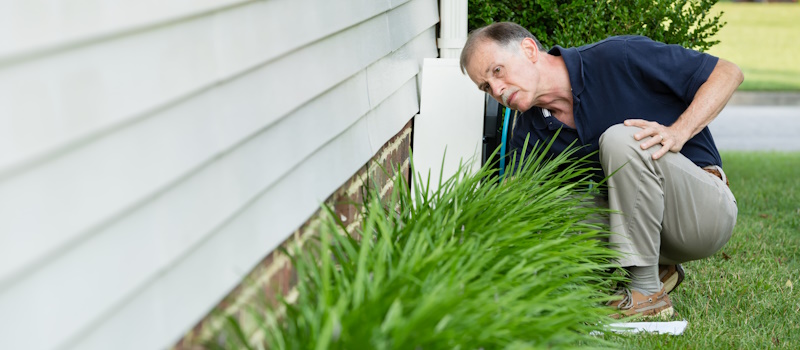Tornado Preparation for Home
Tornado Preparation for Home

Tornado Preparation for Home
Unlike some natural disasters and weather phenomena, something that makes tornadoes unique is that they're somewhat predictable. Often accompanied by severe weather indicators, meteorologists commonly issue a "tornado watch" hours in advance when conditions may suggest development. This is often enough of a heads-up to prepare your home and stay tuned for further updates. Then, if a tornado warning is issued in your area—which means a funnel has been either spotted or indicated by radar—your home is prepped, and you're ready to get to safety.
In this post, we'll cover how to prepare your home for a tornado—from creating an initial emergency plan and safe space to safeguarding your belongings. Read on to learn more.
How to Prepare Your Home for a Tornado
Tornadoes can happen at any time and anywhere. They can produce winds of more than 200 miles per hour, which can cause significant property damage and are responsible for dozens of deaths each year. That's why you can't underestimate their severity and why proper planning is essential. While you may not be able to completely prevent damage if a tornado touches down in your area, proper planning can keep household members safe and potentially reduce any property damage incurred.
Create an Emergency Plan
Creating an emergency plan in the event of a tornado is something you can do at any time. Essentially, this plan helps ensure everyone in your household knows where to go and what to do if a tornado siren goes off. Part of this plan includes identifying a shelter to meet at. In most homes, this is either a basement or the centermost room of the property. However, homes without basements and mobile homes should identify nearby shelters that can be accessed quickly when severe weather strikes. Be sure to practice acting on this plan and remember to account for any pets too.
Prepare Your Shelter or Safe Space
Be sure your shelter area has emergency supplies in case damage to your home is incurred and you need to remain there for a while. Prep the area with supplies such as:
- Non-perishable food
- Water
- Radio
- First-aid kit
- Flashlight
- Basic tools
Prepare Your Home
Like creating an emergency plan, home preparations can be done anytime to better safeguard your property from severe weather. Consider:
- Ensuring walls are securely fastened to the foundation.
- Ensuring wall studs are fastened securely to roof rafters.
- Ensuring outdoor gazebos and trellises are bolted down.
- Installing storm shutters on windows.
- Securing top-heavy furniture to walls. (e.g., bookcases, dressers, China cabinets, etc.)
- Trimming back trees and bushes to prevent scratching against your home's siding, windows, or roof.
Protect Your Personal Items
Lastly, if severe weather is predicted, it's important to protect any personal items. This includes closing storm shutters on windows (if you have them), moving personal belongings away from windows (if you don't have storm shutters), parking your cars in a garage or covered area, and placing any outdoor valuables in an indoor location.
